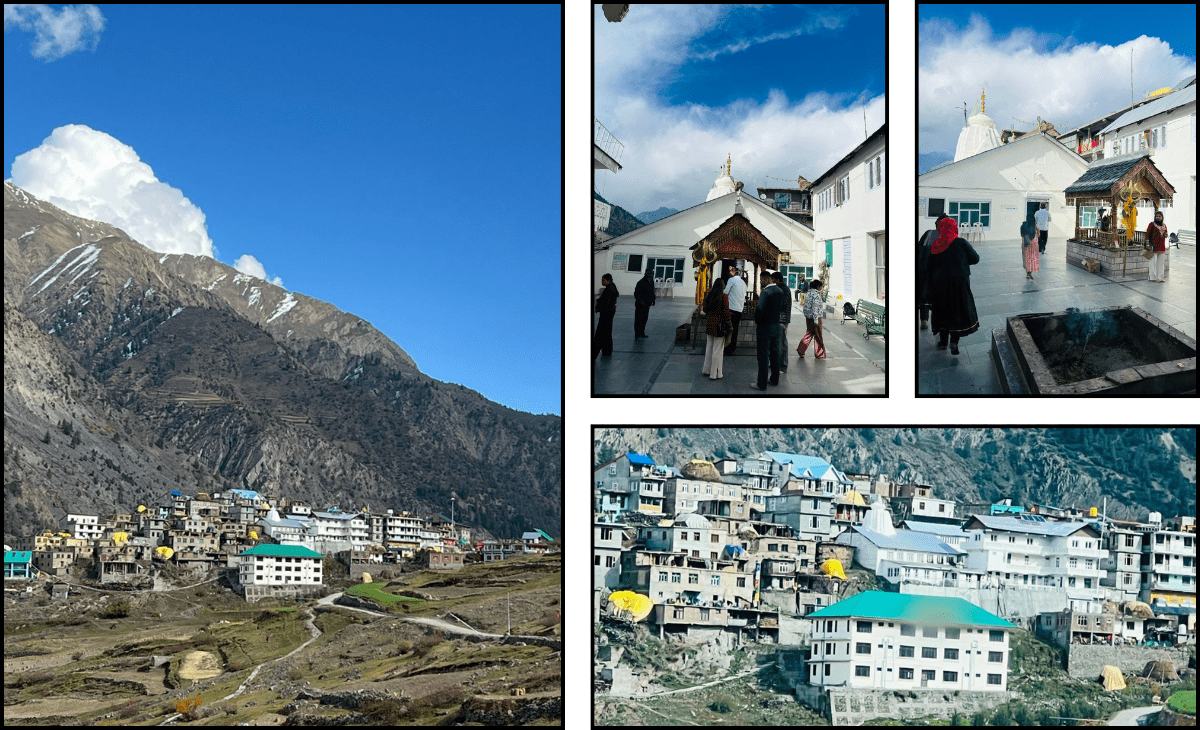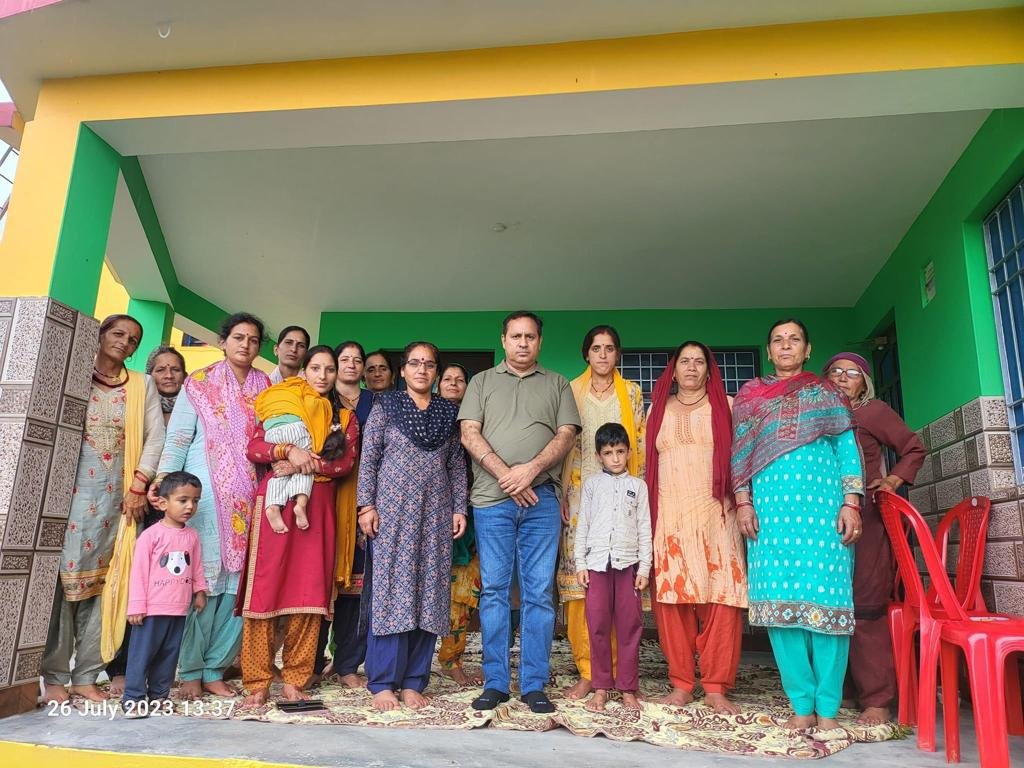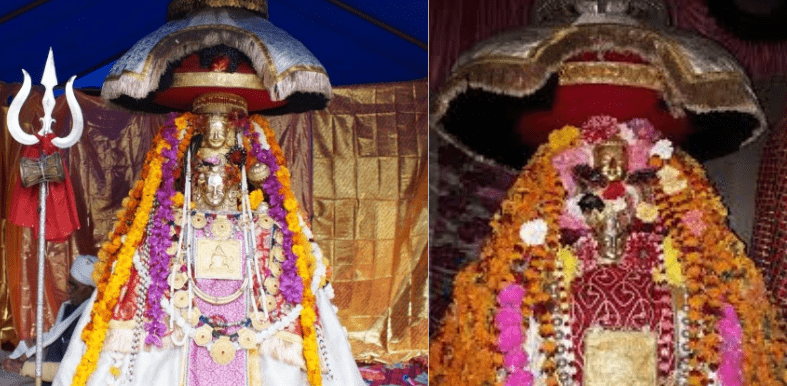Lord Shiva, Arya Avalokiteshvara reside together
Munish Sood
Udaipur (Lahul & Spiti):
Nestled deep in the picturesque Chandra Bhaga Valley of Lahaul in Himachal Pradesh, the Triloknath Temple stands as a rare symbol of spiritual unity, a place where Hindus and Buddhists bow before the same deity. Located in Udaipur subdivision of Lahaul-Spiti district, the temple is about 45 km from Keylong and 146 km from Manali.
Once known as Tunda Vihar, this sacred shrine holds immense reverence across faiths. Hindus worship the deity as Lord Shiva while Buddhists revere the same idol as Arya Avalokiteshvara, the compassionate Bodhisattva. In the Tibetan language, the deity is called Garja Fagspa.
Such is its sanctity that Triloknath is regarded as the most sacred pilgrimage site after Mount Kailash and Lake Mansarovar, attracting thousands of devotees and spiritual travellers every year.
Temple steeped in history and harmony
The Triloknath Temple, dating back to the 9th century, is one of the oldest and most architecturally unique shrines in the Western Himalayas. A stone inscription discovered in 2002 confirmed that the temple was built by Dvanjra Rana, believed to be an ancestor of the present-day Rana Thakurs of Triloknath village.
Historical accounts suggest that King Shell Varman of Chamba, the founder of the Chamba kingdom, helped in constructing the temple in the Shikhara style, similar to the famed Laxmi Narayan Temple complex of Chamba.
A prominent spiritual figure, Mahayogi Siddha Charpati Nath, also known as Charpath Nath, played a key role in the temple’s establishment. His devotion to Avalokiteshvara led him to compose 25 Sanskrit verses in the deity’s praise, collectively known as “Avalokiteshwar Strotan Chedem.”
Only Shikhara-style temple of Lahaul
Triloknath Temple is the only Shikhara-style temple in the entire Lahaul valley, making it a rare architectural gem. The marble idol housed within depicts a six-armed deity seated in Lalitasana (graceful pose), with a miniature Lord Buddha seated atop Triloknath’s head, symbolising the merging of Shaivite and Buddhist iconography.
Local folklore adds layers of mystery to the temple’s origin. One legend speaks of a milky lake at Hinsa Nalla, from which seven celestial beings emerged to drink the milk of local cows. When a cowherd named Tundu captured one of them, the being transformed into a marble idol — the very deity now enshrined in Triloknath. The lake, known in Tibetan lore as “Ome-cho,” or the Milky Ocean, still flows nearby with milky-white waters that never change color, even during heavy rains.
Another legend tells that the temple was miraculously completed in a single night by a divine being, the Mahadanav, adding to its aura of mysticism.
Living symbol of shared devotion
Unlike most Hindu temples, the rituals and daily worship at Triloknath are conducted in accordance with Buddhist traditions, reflecting the seamless coexistence of two faiths that have shared these mountains for centuries. Pilgrims, both monks and sadhus, circle the temple chanting mantras and offering butter lamps, while others perform Shiva aartis with equal devotion.
Such interwoven practices make Triloknath not just a place of worship but a living example of India’s plural spiritual heritage.
Today, the temple is maintained by the Himachal Pradesh government through a dedicated temple committee, chaired by the Udaipur Sub-Divisional Magistrate. The committee includes both official and non-official members, including the descendants of the Rana Thakurs, ensuring that ancient traditions continue under community guardianship.
Gateway to spiritual and cultural tourism
Since the opening of the Atal Tunnel Rohtang, access to the Lahaul valley — once isolated for half the year — has become easier. Pilgrims and travellers can now reach Triloknath throughout the year, offering a major boost to religious and cultural tourism in the region. The serene landscapes, sacred chants, and deep-rooted harmony between Hinduism and Buddhism make Triloknath not just a destination, but a journey into the spiritual heart of the Himalayas.





